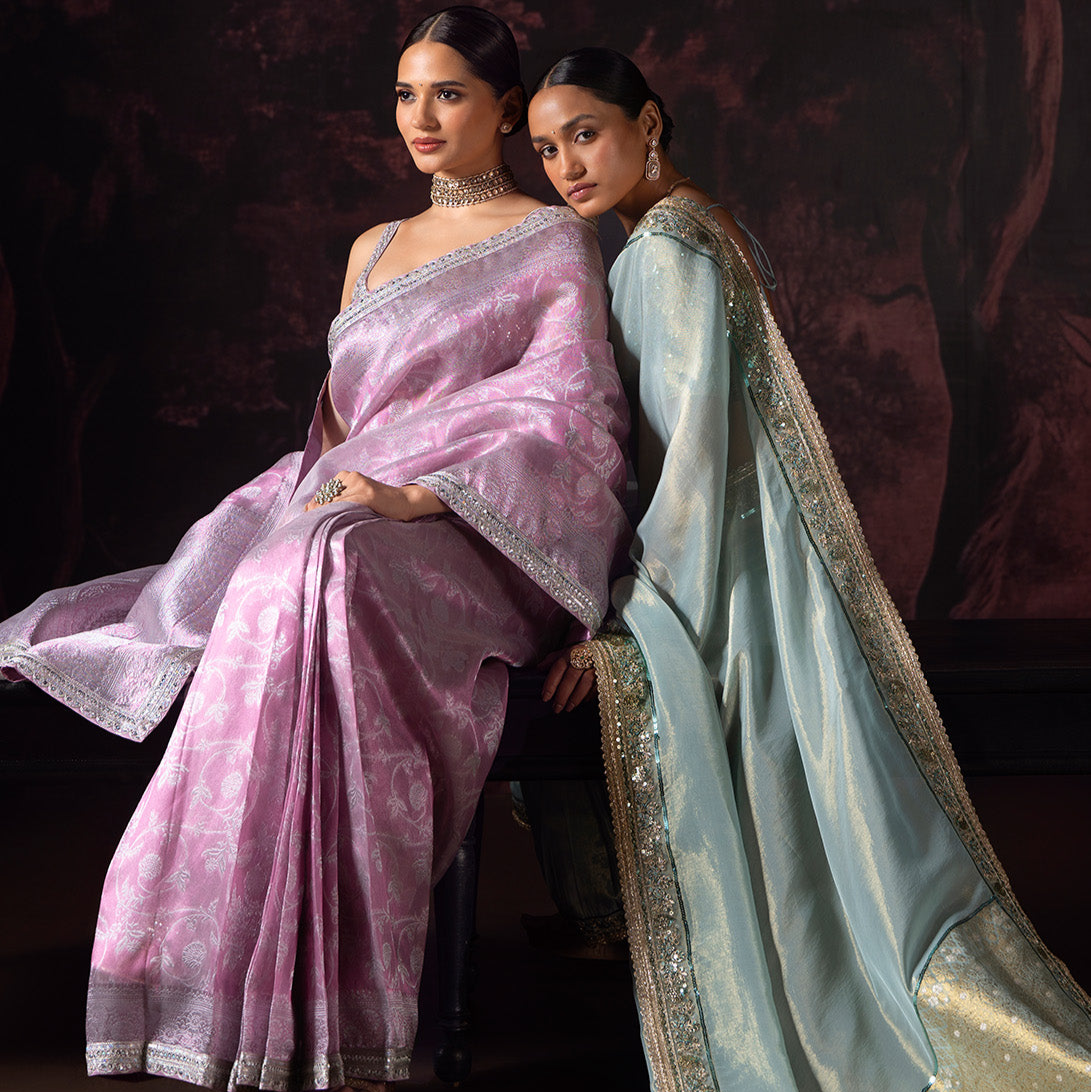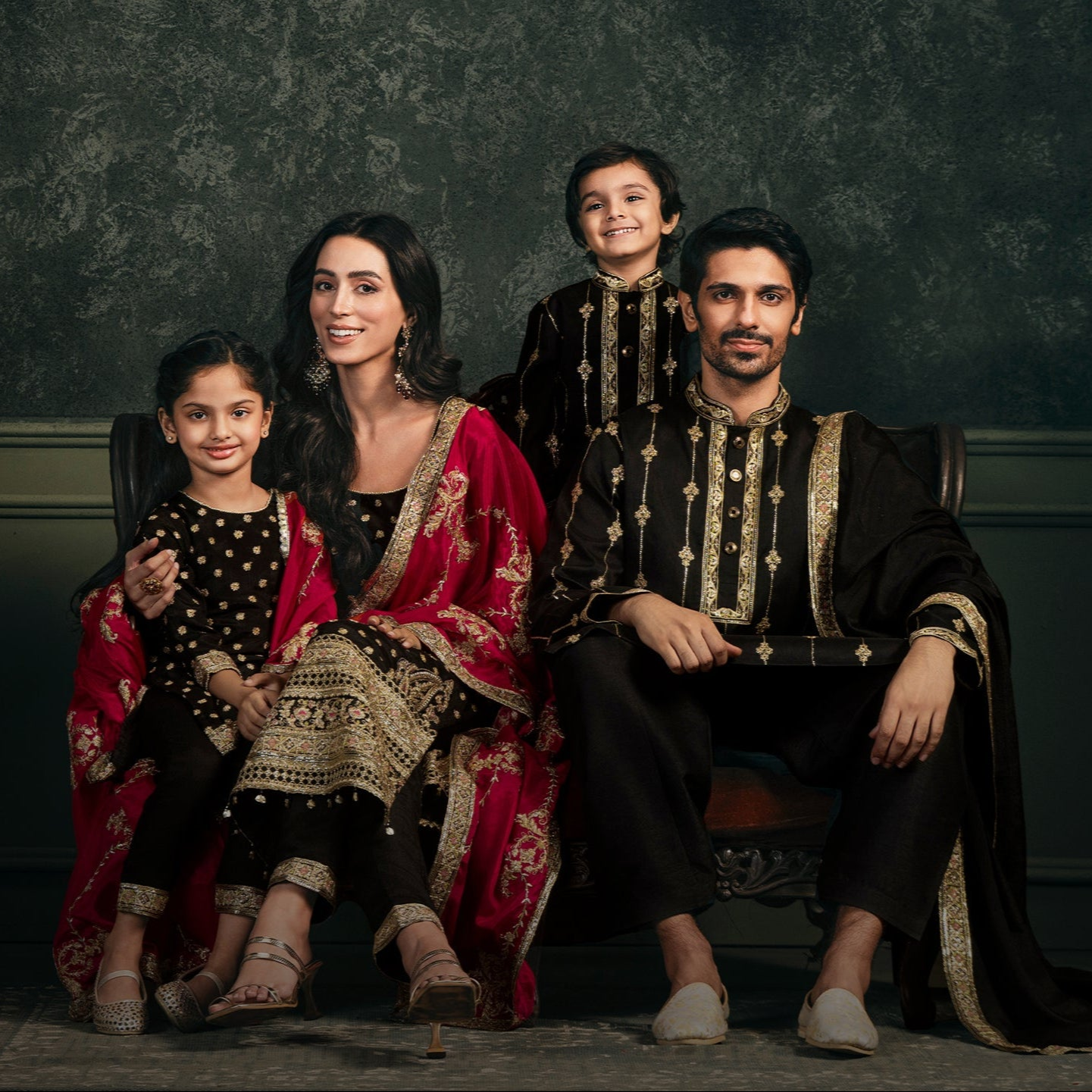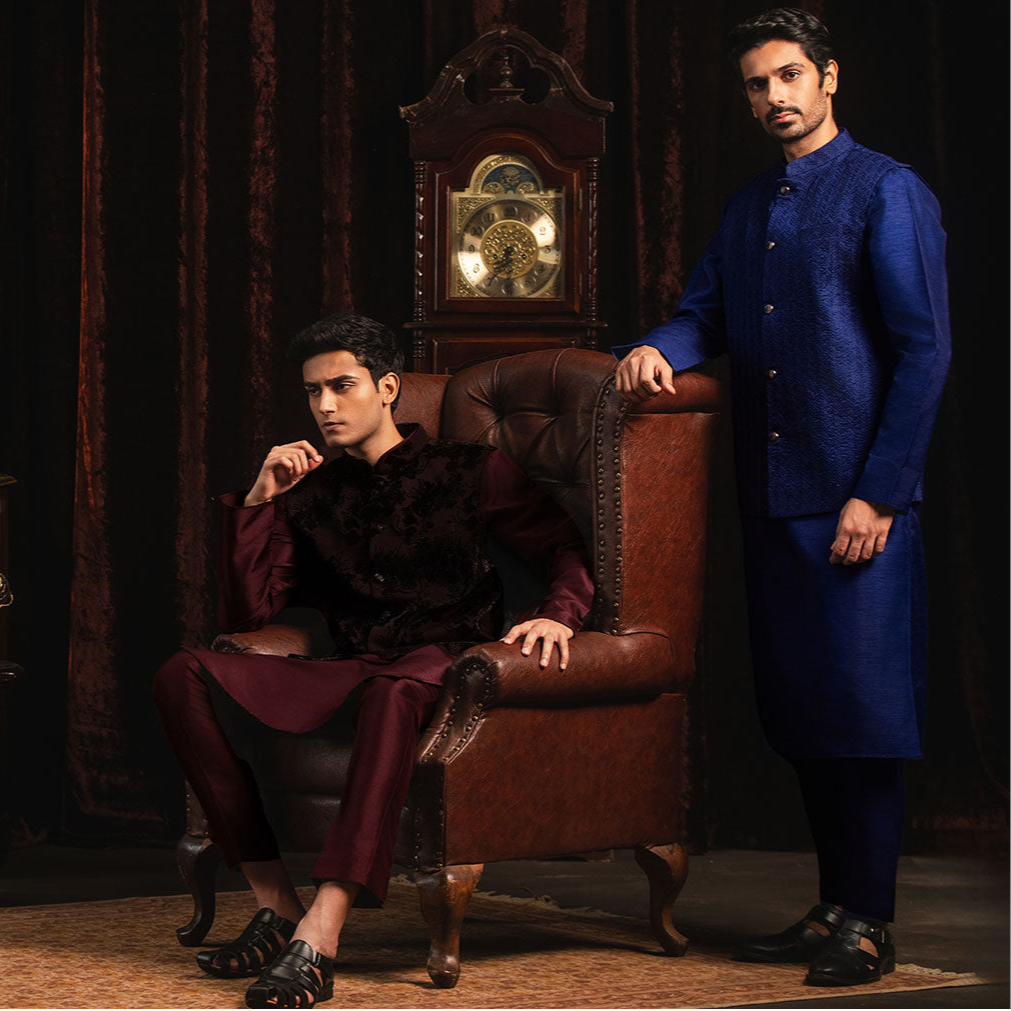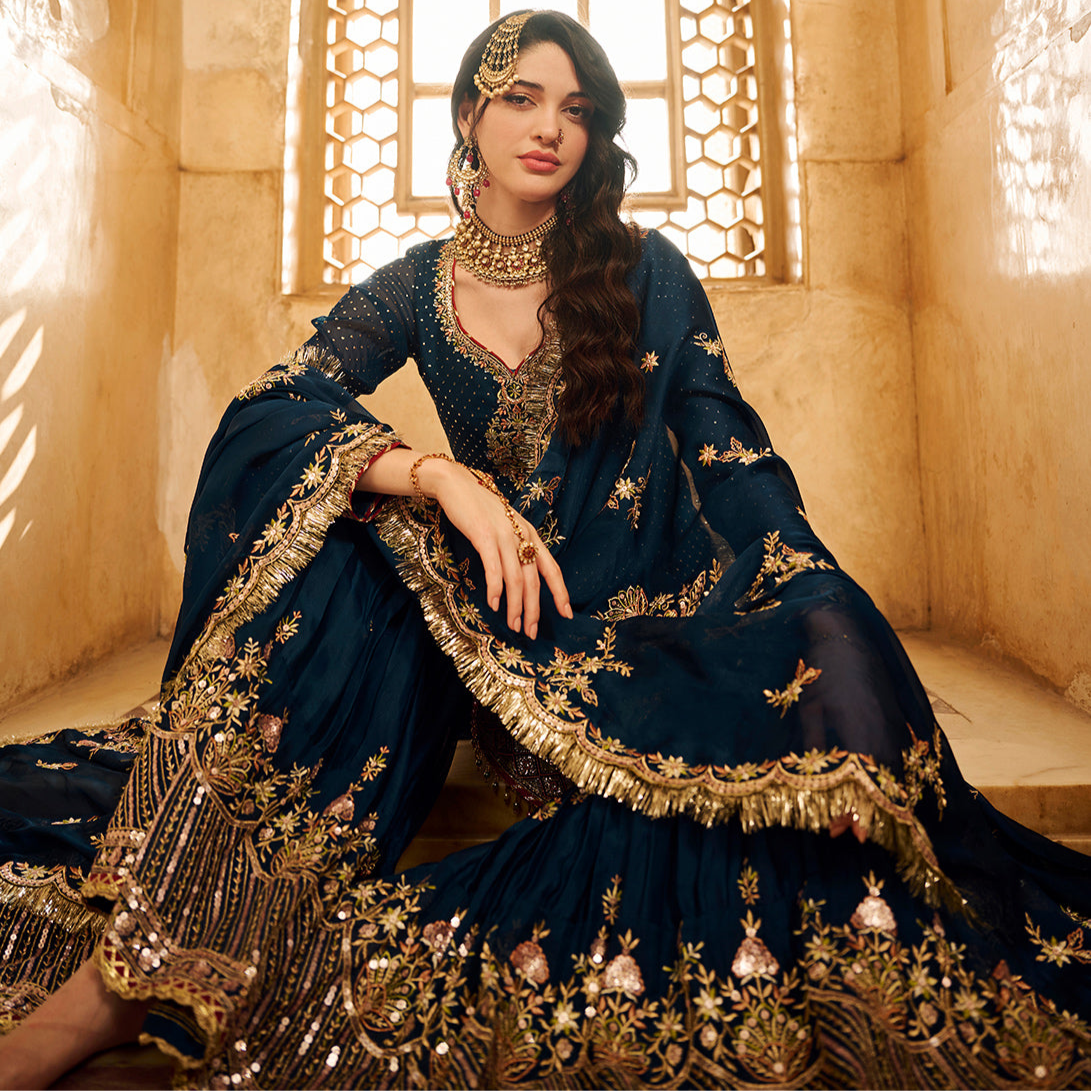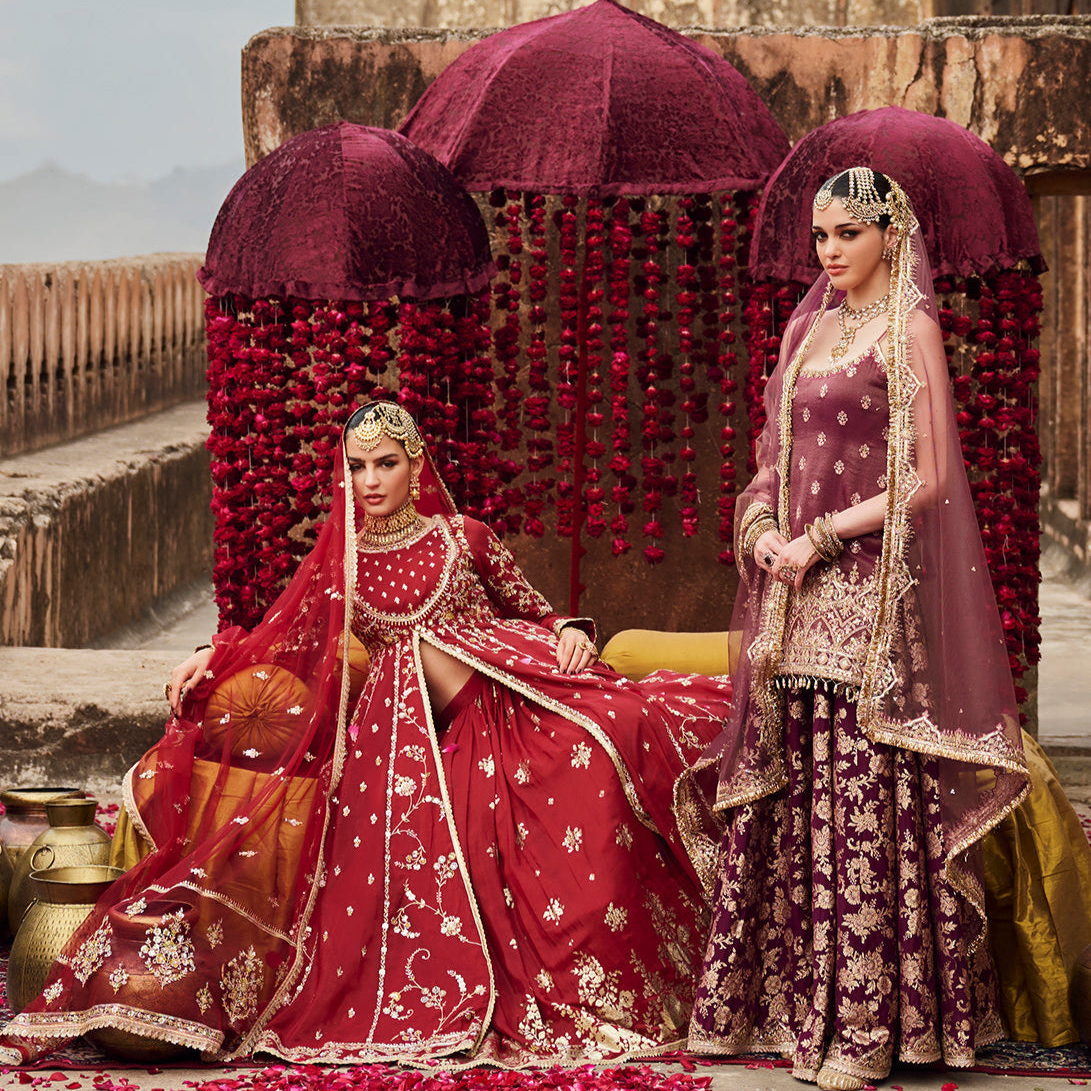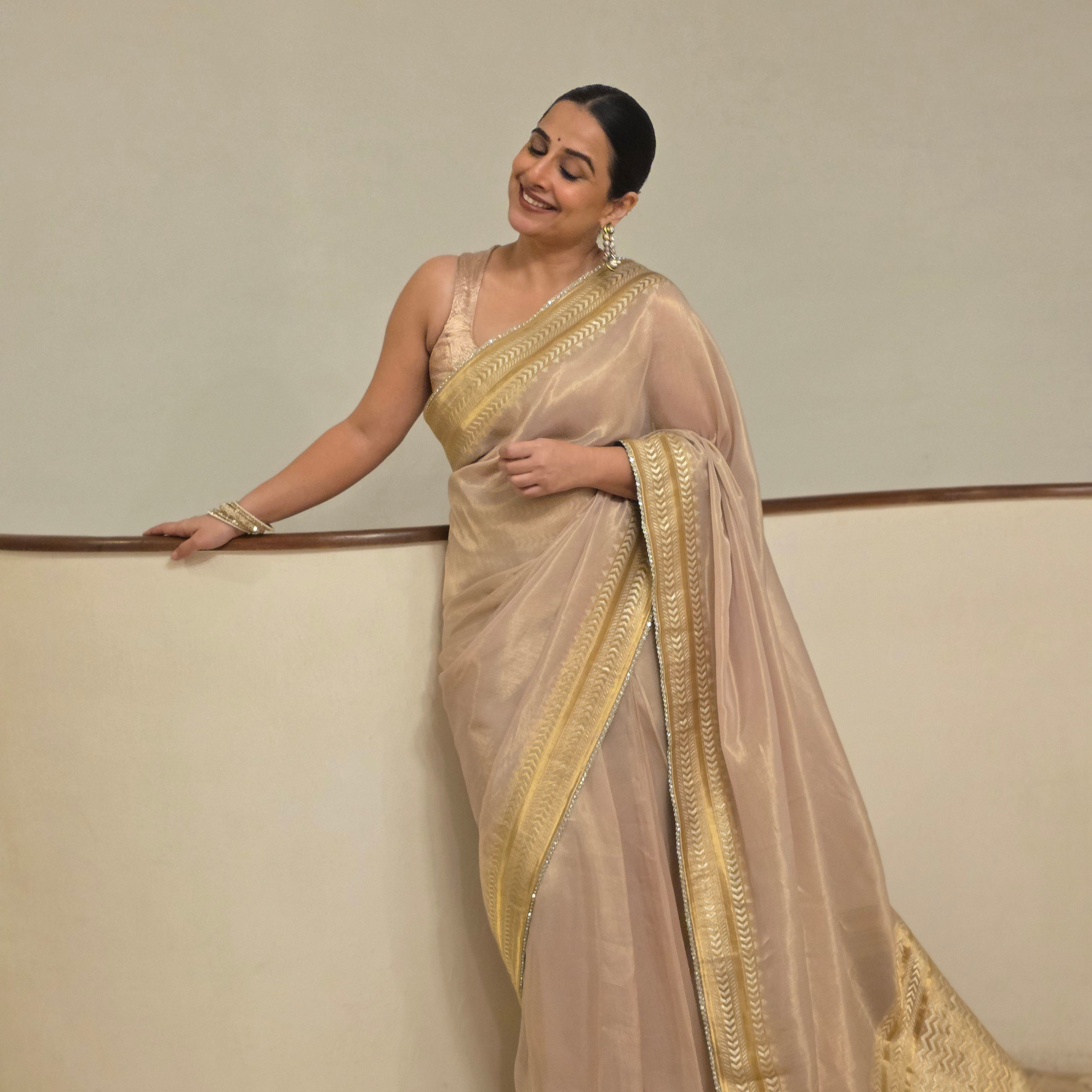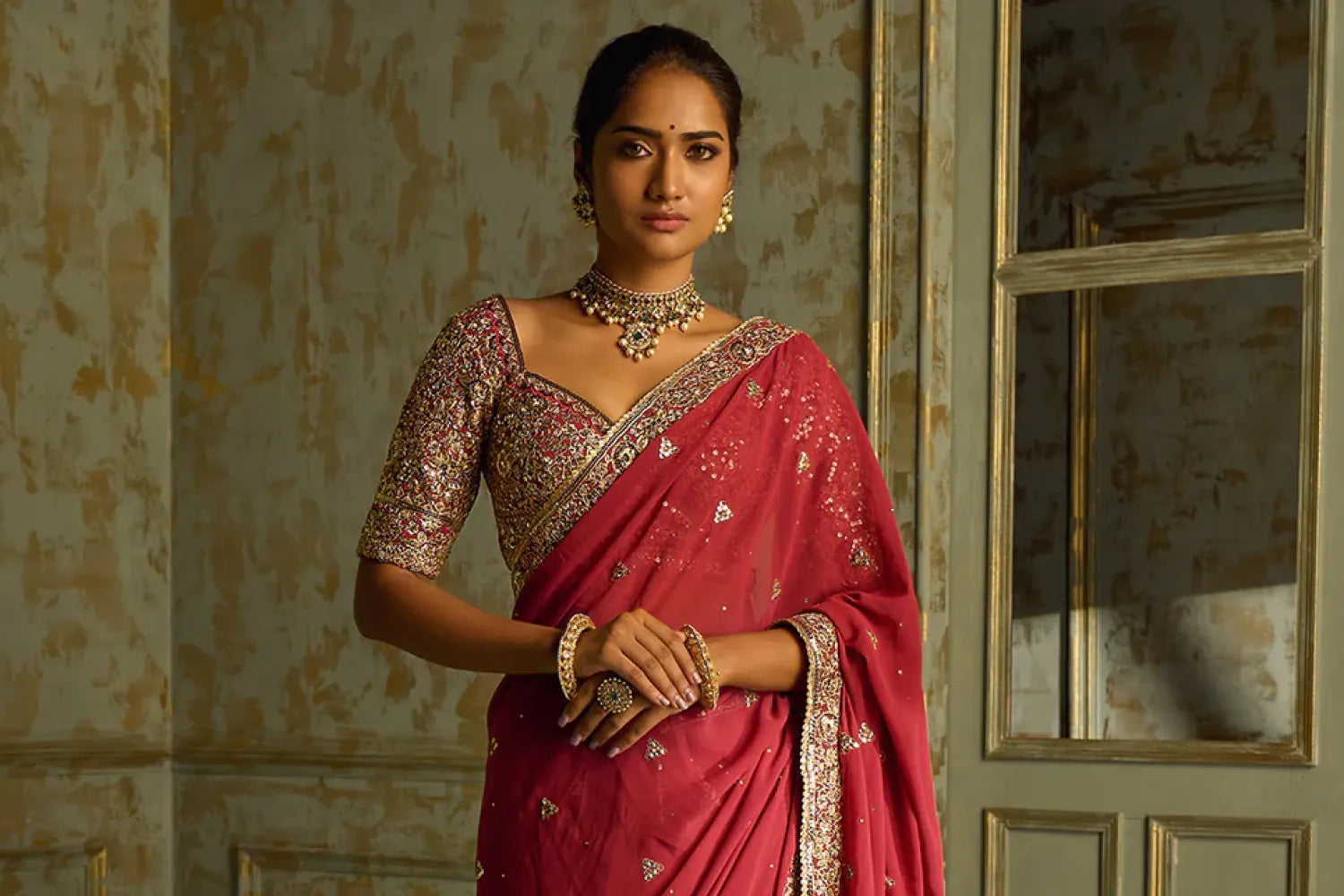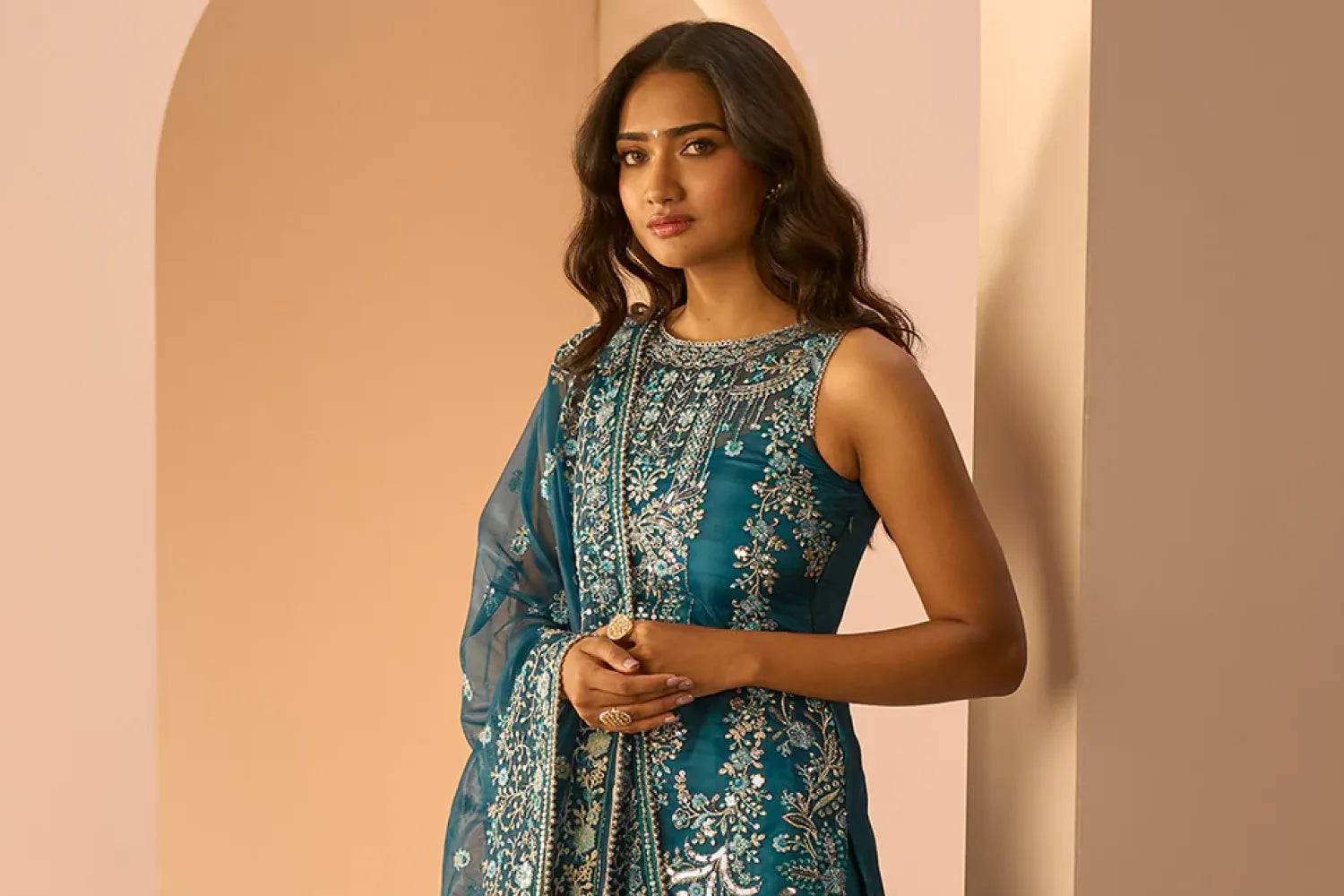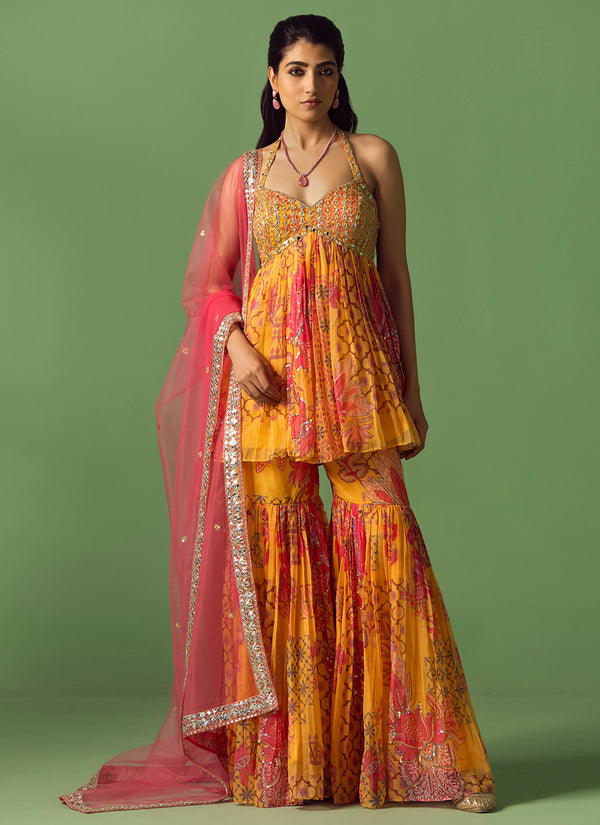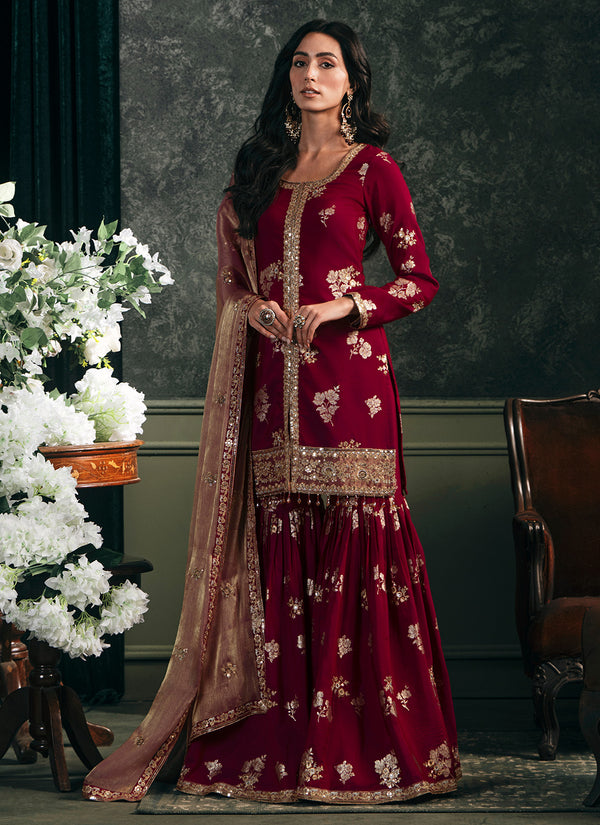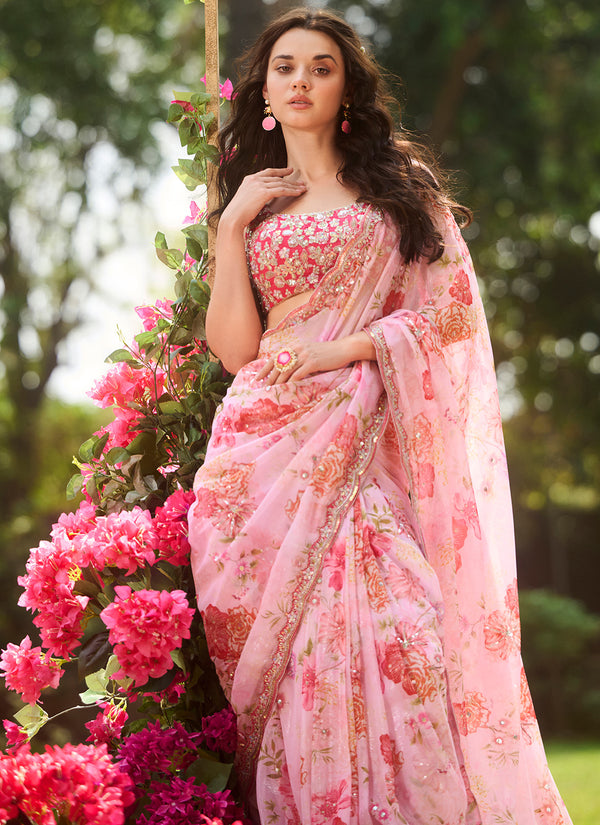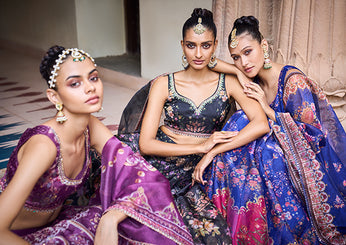
How To Host An Indian Dinner Party: 10 Ideas
Hosting an Indian dinner party can be a delightful and culturally enriching experience. As Indian culture places a significant emphasis on hospitality, hosting is considered an important and gracious part of social life. In the Hindi language, there’s a phrase “Atithi Devo Bhava” which means guest is god. Since hospitality is highly valued in Indian culture, it is of extreme importance to ensure that the guests feel comfortable and well taken care of throughout the event.
An important aspect of hosting is food. It plays a central role in Indian culture. The key is to prepare a diverse and flavorful menu that caters to different tastes and dietary preferences.It is also common to offer guests second servings, as it is seen as a sign of generosity. However, hosting in Indian culture is not just about providing a meal; it’s about creating a memorable and enjoyable experience for your guests.
Hosting an Indian dinner party can be a delightful and memorable experience for your guests. To organize a successful Indian dinner party, it’s best to make a checklist so that no detail is forgotten and you’re well prepared to host your guests.
Indian Dinner Party Checklist
Planning for an Indian dinner party can get overwhelming. It’s best to follow a checklist so that no detail is spared. Starting with:
1. Invitations
Prepare and send out invitations well in advance.It would be wise to include important details such as date, time, venue, and dress code (if any).
2. Planning and Indian Dinner Party Menu
Plan a diverse menu with appetizers, main courses, side dishes, and desserts. One must cater to various dietary preferences, including vegetarian and non-vegetarian options. It’s also best to consider the spice levels of each dish and offer milder alternatives.Don’t forget to add traditional Indian beverages like lassi, chai, and mocktails.
3. Grocery Shopping
After you’ve zeroed down on the dishes you’d like to serve, it’s time to purchase all the fresh ingredients, spices, and any specific items required for traditional dishes. Please make a detailed shopping list based on your menu.
4. Cooking and Preparation
Indian meals can take up a lot of time to cook. One can prepare dishes that can be made in advance to reduce stress on the day of the party. For instance, marinate meats, chop vegetables, and organize ingredients ahead of time. One must set up a cooking schedule to manage your time efficiently.
5. Serving Ware and Utensils
Ensure you have enough serving platters, bowls, and utensils for each dish.Check if you need additional items for traditional serving, such as tandoor dishes or thalis.
6. Condiment Station
Set up a condiment station with chutneys, pickles, raita, and sauces.
Provide small bowls and spoons for easy access.
7. Beverages
Stock up on traditional Indian drinks, as well as non-alcoholic options.Ensure you have enough ice and glasses for serving beverages.
8. Music and Entertainment
Create a playlist of Indian music to set the mood. Consider hiring live performers for traditional music or dance if it fits the theme.
9. Dress Code
If you have a specific dress code, communicate it clearly in the invitations.
Encourage guests to wear traditional Indian attire if possible.
10. Guest Favors
Consider providing small Indian-themed favors or giveaways as a token of appreciation for your guests.
Planning An Indian Dinner Party Menu
Planning an Indian dinner party menu involves selecting a variety of dishes that showcase the richness and diversity of Indian cuisine. Here’s a sample menu that includes appetizers, main courses, side dishes, and desserts. Feel free to customize it based on your preferences and the preferences of your guests:
Indian Appetizers Ideas
- Samosas: Stuffed with spiced potatoes, peas, and sometimes minced meat.
- Paneer Tikka: Grilled or baked marinated paneer (Indian cottage cheese) cubes.
- Vegetable Pakoras: Deep-fried fritters made with a mix of vegetables and chickpea flour.
- Chicken or Vegetable Seekh Kebabs: Minced meat or vegetables shaped onto skewers and grilled.
Indian Main Course Options
- Chicken Biryani: Fragrant basmati rice cooked with spiced chicken and aromatic herbs.
- Paneer Butter Masala: Paneer cubes in a creamy tomato and butter sauce.
- Dal Makhani: Slow-cooked black lentils with kidney beans in a rich and creamy tomato-based sauce.
- Chicken Curry: Tender chicken pieces in a flavorful and spiced curry sauce.
- Baingan Bharta: Smoky roasted eggplant mashed and cooked with spices and tomatoes.
- Aloo Gobi: Cauliflower and potatoes sautéed with Indian spices.
- Roti and Naan: Assorted Indian bread to accompany the main dishes.
Complement with an Indian Side Dishes
- Raita: Yogurt mixed with cucumber, mint, and spices.
- Cucumber and Tomato Salad: Refreshing salad with cucumber, tomatoes, and herbs.
- Mango Chutney: Sweet and tangy mango condiment.
Tasty Indian Desserts
- Gulab Jamun: Deep-fried milk dumplings soaked in sugar syrup.
- Kheer: Creamy rice pudding with cardamom and nuts.
- Rasgulla: Spongy, syrup-soaked cottage cheese balls.
- Jalebi: Deep-fried pretzel-shaped sweet soaked in saffron-infused sugar syrup.
Indian Beverages:
- Mango Lassi: Yogurt-based drink blended with ripe mangoes.
- Masala Chai: Spiced Indian tea with aromatic herbs and spices.
It’s advisable to choose a variety of dishes that represent different regions of India. Include vegetarian and non-vegetarian options to cater to diverse dietary preferences.
Prepping and Cooking Your Indian Meal
Preparing and cooking Indian food involves a variety of techniques and spices. Just follow the checklist given above and you should be good to go. Certain points to remember while cooking Indian food is that timing is key an garnishing is a special part of this cuisine. Since Indian cooking often involves layers of flavors, it is best to follow the recipe steps and pay attention to cooking times for each ingredient. Since curries are involved, simmering and resting them are key. This enhances flavors and resting dishes before serving can also improve taste. When it comes to garnishing, do it with fresh coriander, mint, or a drizzle of cream to enhance the presentation and flavor.
What Everyone Should Wear
Attending an Indian dinner party often provides an excellent opportunity to showcase or experience traditional Indian clothing. The dress code may vary based on the formality of the event and any specific themes the host may have chosen. As you’re the host in this case, it’s advisable to mention your party dress code in your invitation card. This will allow your guests to have time to prepare for the party. Women can wear anything from a saree to an Anarkali suit. Anarkalis are extremely comfortable for sit down dinners, especially if there is Indian seating arrangement (floor sitting). One can even opt for a palazzo suit or a salwar kameez style if comfort is their priority. Men, on the other hand, can wear a kurta pyjama set. The design and embellishments depend on the size of the gathering and the formality of the event.
Sources:

